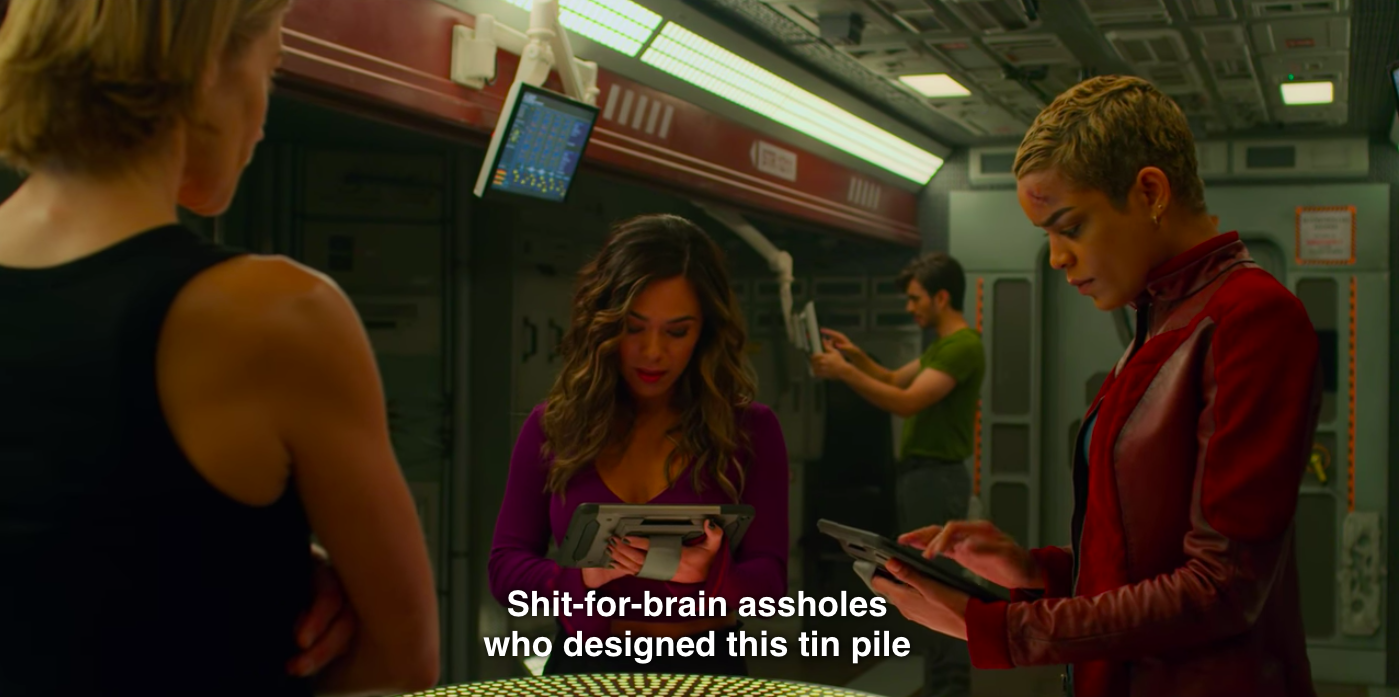Recently, I was traveling by train after a long time. The train, unfortunately, got delayed and I had to have breakfast in the train. So along with the breakfast, the server asked me if I want tea of coffee. Disclaimer: Nothing like Tea, Coffee or Me .
Now, tea or coffee in a train is a tricky affair. In trains that don’t have pantries, you usually get premade tea at stations, when the vendors start selling tea yelling “Chaiiiinnn, Chaiinn, Bolo Chaiiii”, read it like in a rhyme, with almost musical notes in the background. The tea is usually overboiled, with a high dose of sugar. Very rarely you would get black tea, with whitener and sugar in sachets. People who usually like tea, milk and sugar boiled together, don’t like the dip tea and vice versa. There is an interesting episode in the history of science that involves drinking tea. The idea for analysing randomised experiments was derived from whether one lady could tell whether the tea or the milk was added first to a cup.
The lady in question (Muriel Bristol) claimed to be able to tell whether the tea or the milk was added first to a cup. Fisher proposed to give her eight cups, four of each variety, in random order. One could then ask what the probability was for her getting the specific number of cups she identified correct, but just by chance.
This tea time question was developed as an analytical tool by R. Fisher and now has become a standard in design and analysis of experiments.
Every culture and sub-culture has its own way of making tea. In Bengal, I am told, people drink black tea. This perhaps is inspired by the British who introduced tea. George Orwell has an essay on how to make a nice cup of tea. Calcutta also had a substantial Chinese population perhaps this also contributed to the tea culture there. When tea was introduced to the general population in India, about a century back, it was a marketing stratagem. This is what my grandfather had told me, he was born in 1910s. Perhaps someone can actually look at the historical records to substantiate this. They would create tea in huge cauldrons in busy market places with lots of milk and sugar. They would advertise and give “free” samples to everyone. This is how they got an entire nation addicted to tea. Also a note about why the general teacup has loads of sugar and milk, whereas the typical English way of drinking tea does not involve loads of milk and sugar, and definitely does not involve boiling milk with tea. What you usually get is the dust tea, which does not taste well without loads of milk and sugar, like your Green or Earl Grey. To make it palatable it is loaded with milk and sugar. Try to drink your favourite dust tea like an Earl Grey.
Though there are people who will drink any kind of tea, their requirement is that of tea, not it’s quality or taste. Coffee is usually worse. When it is premade in trains, it has very little coffee and too much sugar. When they give you only hot milk it is pre-boiled with sugar, and thinned to its limits. Usually, the sachet of instant coffee contains too little in terms of coffee, at least for my taste. I usually avoid coffee when it is instant or premade, ever since I started to drink coffee from ground beans. I prefer tea in such cases, as
Bad coffee is worse than no coffee.
Anyways, so here I was sitting in the train, musing about the existential question of whether I should have tea or coffee or nothing at all, I decided to go with coffee. The smart, well-dressed server from IRCTC, handed over me a paper cup and a sachet with “काफी सामग्री” written over. Eff you if you can’t read the Devanagari script. I opened the sachet which had a sugar sachet, a coffee sachet and a milk powder sachet with a wooden spoon for mixing. Then he handed over a kettle containing hot water. I overcame a major, mental block while opening the sachets and pouring the coffee into the paper cup. Then I added a little water to maintain the colour to my liking. I was tempted to drink it black, but then why not go the entire routine. So I started to add the milk powder slowly as indicated on the sachet. The colour turned from darkest brown to slighter shade of brown. And it was ready. With a lot of anticipation of a caffeine kick, I sipped the liquid and…
“Ewwww!”
was my reaction. How can anyone call this coffee? It is not coffee! I even thought of starting a viral campaign with hashtag #NOTMYCOFFEE. Instead of delight it was despair. Thoughts of WHY? Why did I ever think this would be a good idea to drink this came to my mind? Somehow I managed to finish the cup in a couple of sips. I was left with a bad taste in my mouth, which I cannot describe, and the resulting reactions in my brain cells. It was a complete disaster. Never again! I would rather go without coffee than drinking this ersatz coffee. Once you know how actual coffee tastes like, you cannot go back to this. This is the same in the case of intellectuals too, once you know what an intellectual should be like, you can immediately sense the ersatz ones and you won’t like them just like the ersatz coffee.
Never again shall I drink this ersatz coffee.
I like my coffee as it is supposed to be. People become emosional on the account of coffee. For example, read this excellentest account of a French man from 1800s.
Edit 1: On the return journey, I actually tried something else. I had kept my South Indian style drip filter accessible with the coffee powder. Now, since the hot water is available in the form of flasks, I actually made hot decoction in the running train. But no hot milk was available, only milk powder, I had only the black coffee. It was definitely better than the ersatz coffee. Though the water I used for brewing could have been hotter.



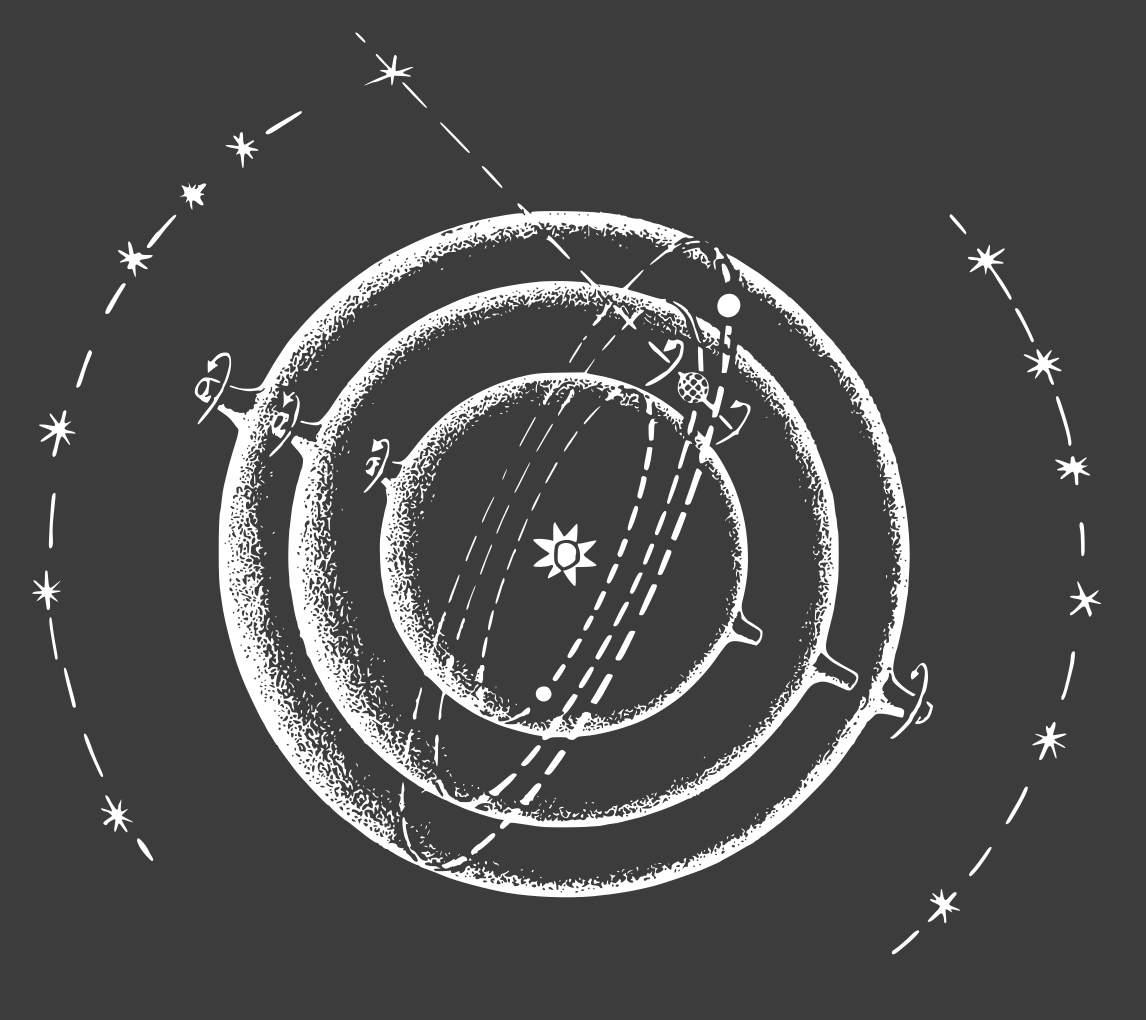
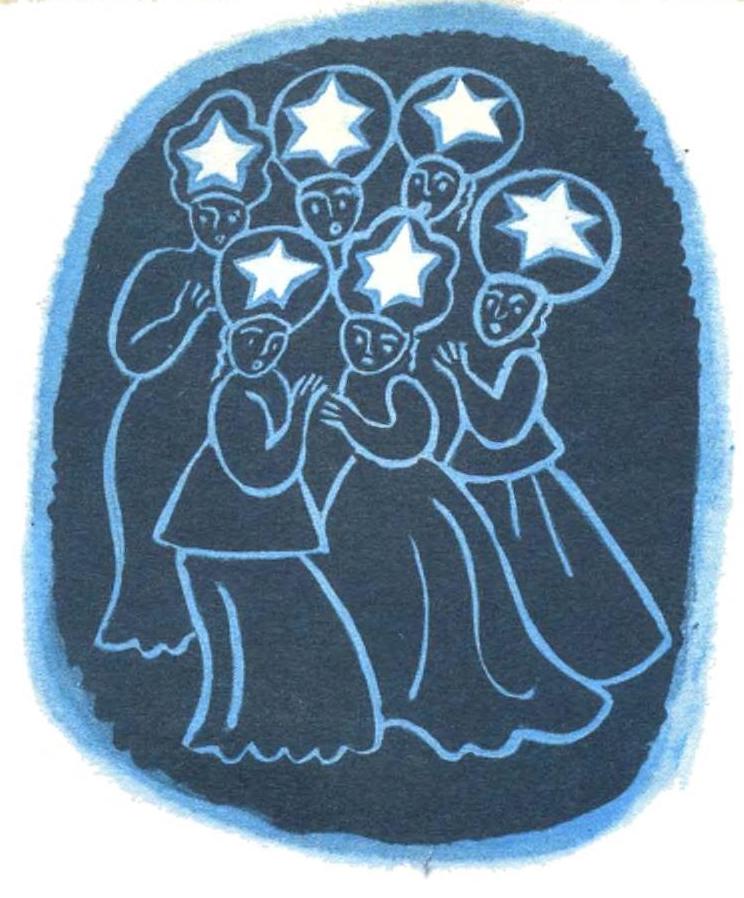

 It is not communicating and experts are trying to communicate with it via infrasound. The lead scientist here is the husband of the main protagonist Niki (who is captaining the spaceship Slavere being sent to investigate). So both are involved one in space and one on Earth in the matter. Now, no one is aware of whether the aliens are benevolent or malicious. They finally get to communicate with it by playing Western classical music, while the Salvere is en-route to its destination Pi Canis Majoris. So far so good.
It is not communicating and experts are trying to communicate with it via infrasound. The lead scientist here is the husband of the main protagonist Niki (who is captaining the spaceship Slavere being sent to investigate). So both are involved one in space and one on Earth in the matter. Now, no one is aware of whether the aliens are benevolent or malicious. They finally get to communicate with it by playing Western classical music, while the Salvere is en-route to its destination Pi Canis Majoris. So far so good.



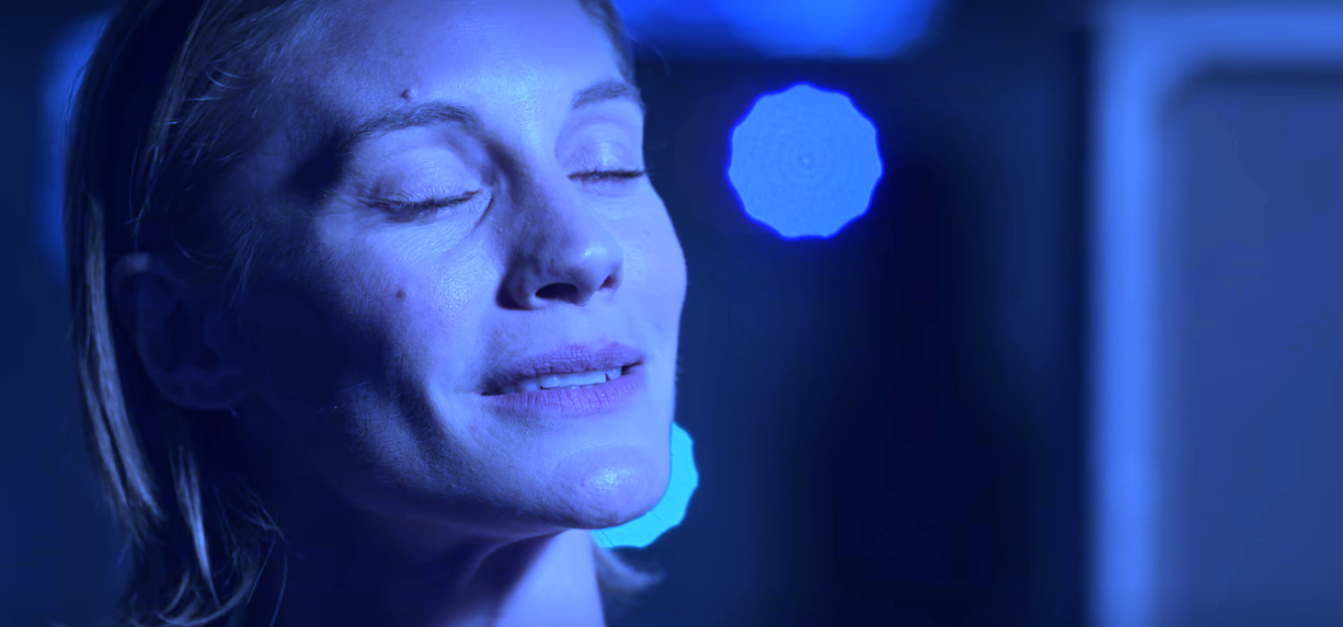


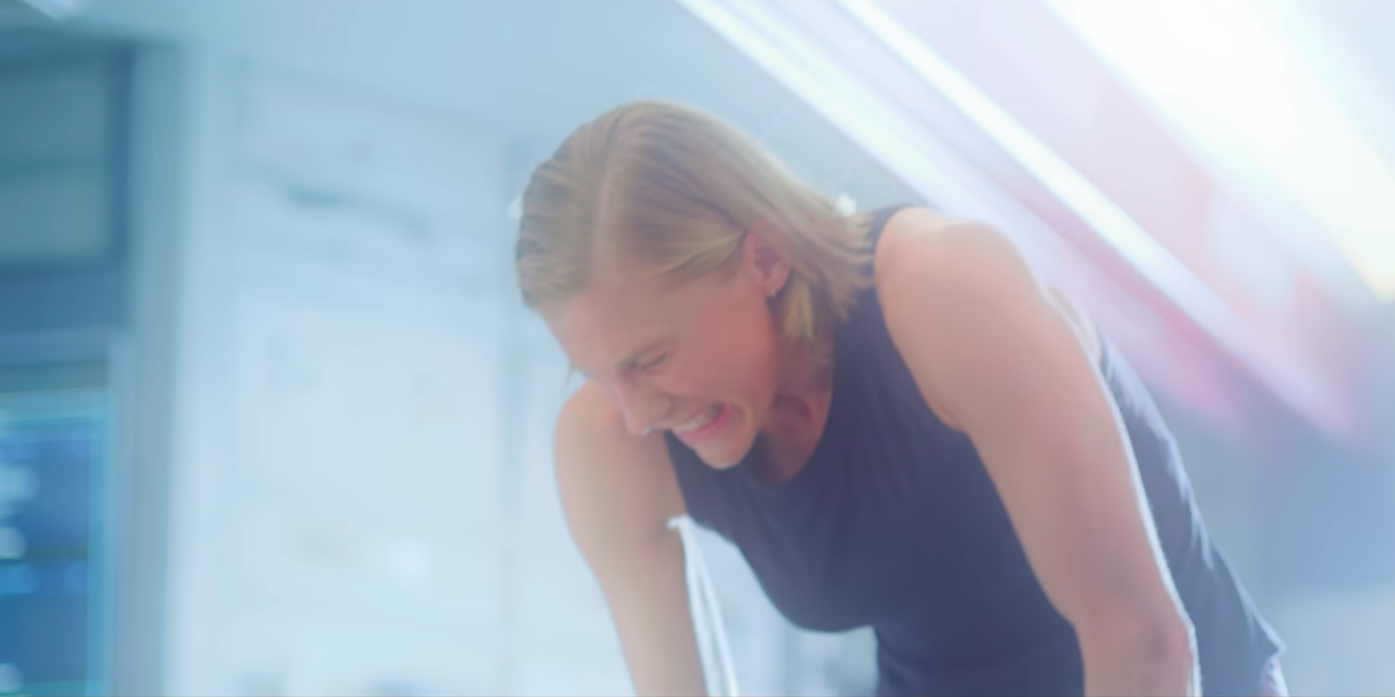


 Then who am I?
Then who am I?
